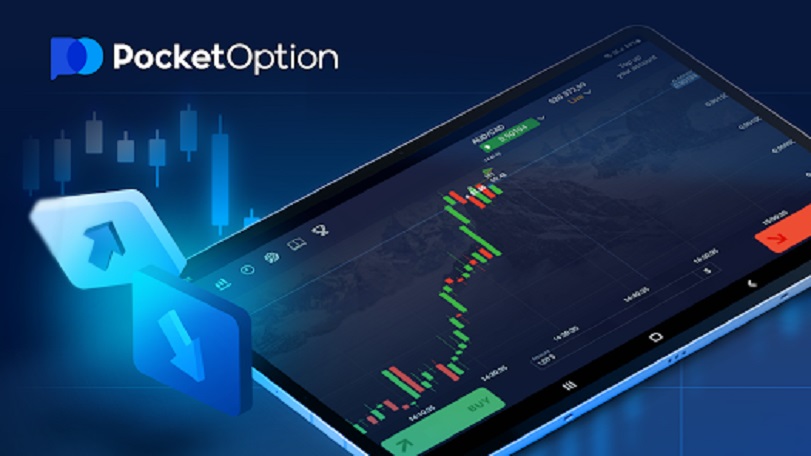
The Ultimate Guide to the Best Indicators for Pocket Option
In the world of trading, especially in platforms like Pocket Option, having the right tools can make all the difference. Understanding the best indicators for pocket option best indicators for pocket option can elevate your trading game, enabling you to make informed decisions and optimize your trading strategies. In this article, we’ll delve deep into the best indicators that can be utilized on Pocket Option to maximize profitability and reduce risks.
Understanding Indicators
Indicators are statistical calculations used by traders to forecast future price movements based on historical data. They form the backbone of technical analysis, helping traders interpret market conditions. By using indicators effectively, traders can spot trends, identify potential entry and exit points, and enhance their overall trading strategy.
Types of Indicators
There are several types of indicators available that can be integrated into your trading practices on Pocket Option. Below are the most commonly used categories:
- Trend Indicators: These indicators help traders identify the overall direction of the market, be it upward or downward. Popular trend indicators include the Moving Average (MA) and Average Directional Index (ADX).
- Momentum Indicators: These indicators assess the speed of price movements and the strength of price trends. Well-known momentum indicators include the Relative Strength Index (RSI) and Stochastic Oscillator.
- Volume Indicators: These focus on the volume of trades in a given period, helping traders understand market strength based on trading volume. The On-Balance Volume (OBV) and the Chaikin Money Flow are noteworthy examples.
- Volatility Indicators: These indicators measure the likelihood of price movements in a security, helping traders understand market indecision. Bollinger Bands and the Average True Range (ATR) are common volatility indicators.
Top Indicators for Pocket Option
Let’s explore some of the best indicators to employ on Pocket Option:
1. Moving Average (MA)
The Moving Average is a fundamental indicator that smoothens price data over a specified period, helping to identify trends. By analyzing MAs, traders can determine potential reversal points in the market. Using two MAs (a short-term and a long-term) can signal a buying opportunity when the short-term MA crosses above the long-term MA, known as a “golden crossover”, and vice versa for a selling opportunity.

2. Relative Strength Index (RSI)
The RSI is a powerful momentum indicator that ranges from 0 to 100. Typically, an RSI above 70 indicates overbought conditions, while below 30 indicates oversold conditions. Traders can use the RSI to identify potential reversals or continuation of trends, thus providing valuable insights for entering and exiting trades.
3. Bollinger Bands
Bollinger Bands consist of a middle band (simple moving average) and two outer bands that represent price volatility. When the price touches the upper band, it may indicate overbought conditions, while touching the lower band may signify overselling. This indicator provides traders with insights into possible reversals and continuation patterns.
4. Stochastic Oscillator
The Stochastic Oscillator is another momentum indicator that compares a security’s closing price to its price range over a specific period. The indicator ranges from 0 to 100, with readings above 80 indicating overbought conditions and below 20 indicating oversold conditions. Traders often use it in tandem with other indicators for confirmation signals.
5. MACD (Moving Average Convergence Divergence)
The MACD is a trend-following momentum indicator that shows the relationship between two moving averages of a security’s price. The MACD line is calculated by subtracting the 26-period EMA from the 12-period EMA. The resulting line fluctuations above and below zero can indicate bullish or bearish momentum, while the signal line (9-period EMA) can provide buy or sell signals based on crossovers.
Integrating Indicators into Your Trading Strategy
To effectively use indicators on Pocket Option, it’s crucial to integrate them into a coherent trading strategy. Here are some tips:
- Combine Indicators: Avoid relying on a single indicator. Use a combination of trend, momentum, and volatility indicators to make well-informed trading decisions.
- Backtesting: Before using any indicators in live trading, backtest your strategies. Analyze historical data to understand how your chosen indicators would have performed in past market conditions.
- Stay Disciplined: It’s essential to stick to your trading plan. Avoid making impulsive decisions based on emotions; trust your analysis and indicators.
- Continuous Learning: The market dynamics change constantly. Keep learning about new indicators and trading strategies to adapt to changing market conditions.
Conclusion
Understanding and using the best indicators for Pocket Option can significantly enhance your trading performance. By combining various indicators and integrating them into a robust trading strategy, you can better navigate the complexities of the financial markets. Remember that consistent practice and continual education are vital to becoming a successful trader.
Leave a Reply